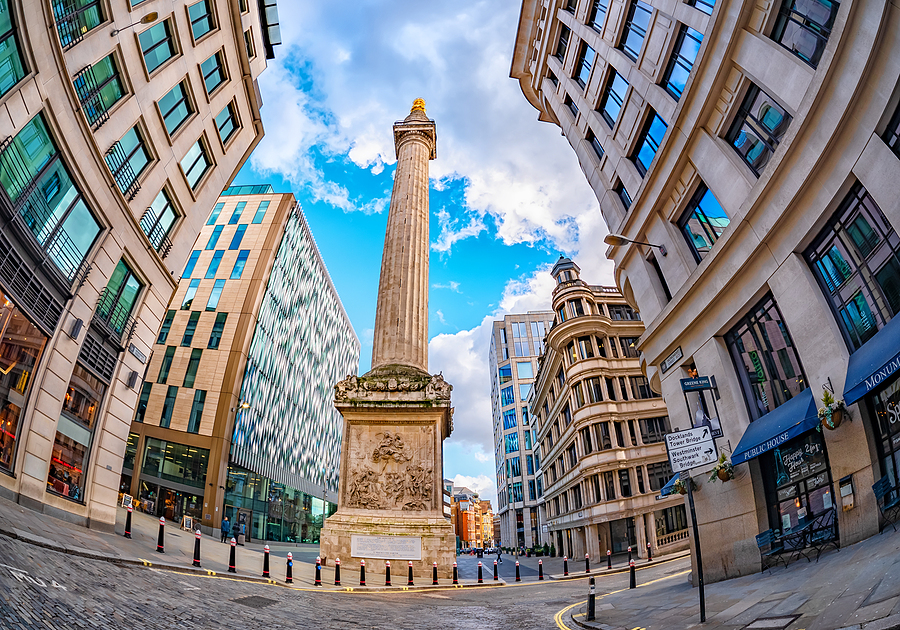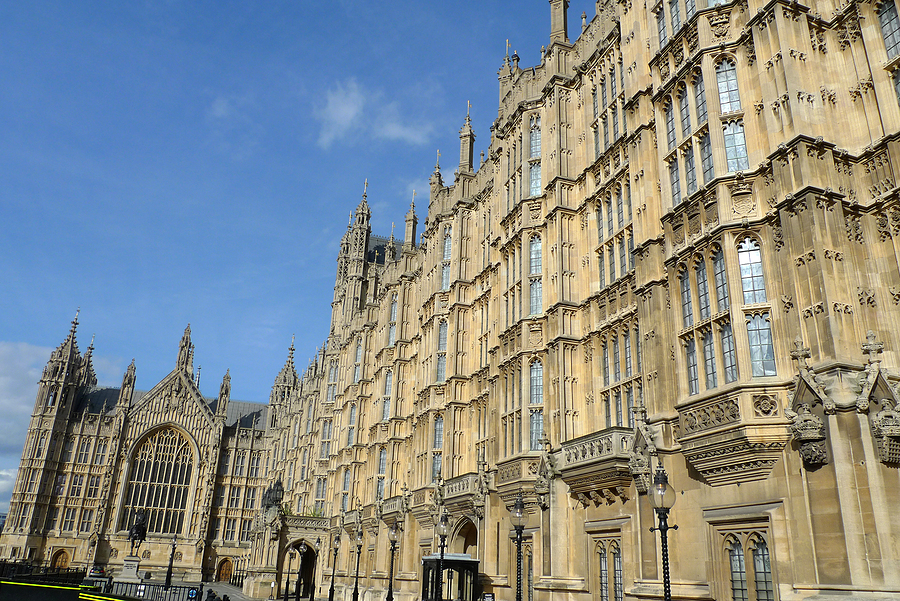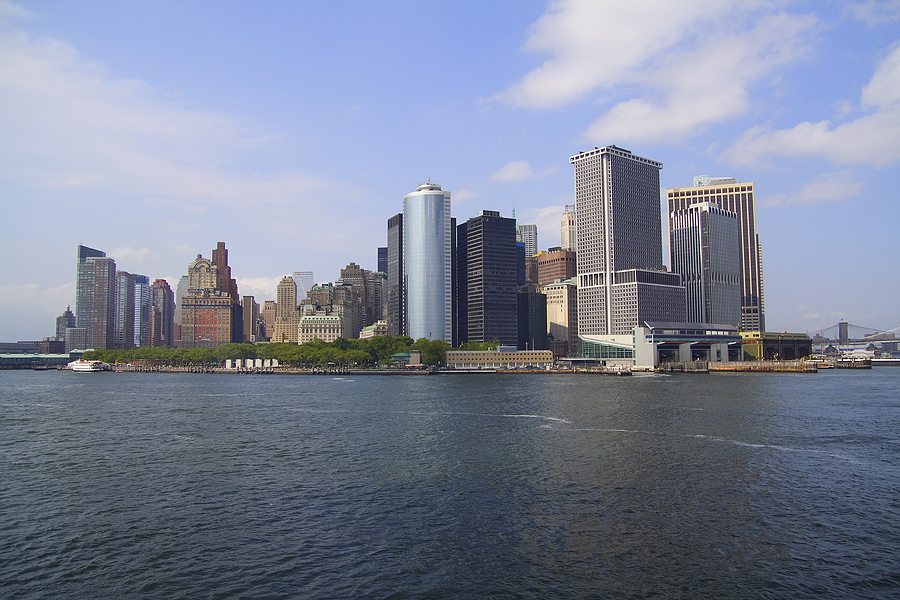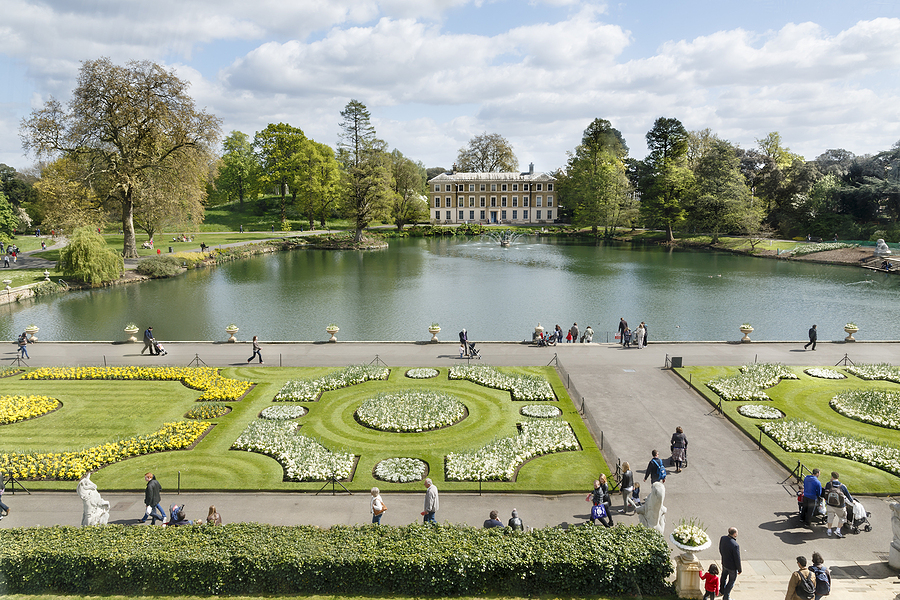Everyone knows that the story of The Beatles ended in London, a city where the Fab Four would have many of their most memorable moments as a group that serve as unique landmarks for a specialised private tour.
Technically, The Beatles ended at the High Court in London, following three months of legal disputes and over a year of tension behind the scenes.
For most people, however, The End of The Beatles is the beginning of many Magical Mystery Tours of London for Beatlemaniacs, with a walk across the famous zebra crossing in front of Abbey Road Studios.
This location, immortalised in one of the most famous album covers of all time, is the end of The Beatles’ musical journey in the same way that The Cavern Club in Liverpool is where it began.
However, the Beatles’ influence in London spanned much further than one pedestrian crossing. Here are some other rather more unusual places to go to get a taste of Beatlemania beyond Abbey Road itself.
Saville Row
Besides being one of the style capitals of the world, 3 Saville Row was also the home of The Beatles’ last ever live performance together, high on the roof.
The five-floor building was the headquarters of Apple Corps, the company that managed the business affairs of the band whilst it was going and managed their back catalogue until 2007.
On 30th January 1969, following the infamously challenging Get Back/Let It Be sessions, The Beatles and guest keyboardist/de facto fifth Beatle Billy Preston played a 42-minute set that would serve as a beautifully fitting and wholly unexpected send-off to the band.
Get Back was initially meant to see the band return to touring after years of being exclusively studio musicians, but the disintegrating relationships between the Fab Four and George Harrison’s leaving the band ended these plans.
94 Baker Street
On the same street as Sherlock Holmes, Apple Corps’ first offices were based on Baker Street, above what would be one of the most unusual parts of the Beatles’ non-musical history.
Whilst it is common today for bands to house pop-up shops designed around their particular brand or style, Apple (often known as Apple Boutique to John Lennon’s chagrin) was a shop tinged in psychedelia and primarily the brainchild of Dutch design collective The Fool.
It was meant to be a shop where everything found in it was for sale and would sell a wide variety of items, although it ultimately became a fashion boutique more than anything else.
Despite the Beatles being a license to print money at this point, the shop was too weird and eccentric to be successful, and suffered from a lot of shoplifting (including by members of The Fool which caused it to lose £200,000 in eight months.
Ultimately, the shop closed on 30th July 1968, rather famously giving away its remaining stock and almost causing a riot.
The shop today is an estate agent, but there is a blue heritage plaque reflecting the unique influence the shop had on a chaotic period in Beatles history.
Marylebone Station
If you are taking a trip to the former Apple Boutique, the nearest railway station is not only the ideal place to get off the Underground, as it is also the place where the iconic intro to A Hard Day’s Night was filmed.
Rather ironically, whilst the plot of the surprisingly decent jukebox musical film is about the band travelling to London to do a variety show, it is difficult to get more Central London than Marylebone Station.
Regardless of this, it is a lot of fun to see all the places that John, Paul, George and Ringo ran around and how they’ve changed since 1964.
57 Wimpole Street
For around five years, Paul McCartney was dating prolific character actress Jane Asher, and he lived with her at their family townhouse on Wimpole Street until 1966.
What makes this important for a Beatles tour is that it became the place where Paul would write a lot of songs, primarily ones inspired by her, such as We Can Work It Out, And I Love Her, and I’m Looking Through You.
However, the most famous song written at Wimpole Street was the melody for Yesterday, one of the most famous songs he ever wrote.
He heard the melody in a dream in its entirety and rushed to a piano as soon as he woke up to play it and make sure he didn’t forget it, as well as check if he had not plagiarised anyone else.
It would take him a year to finish it, but when he finally recorded it, it would become one of the band’s many signature songs.











